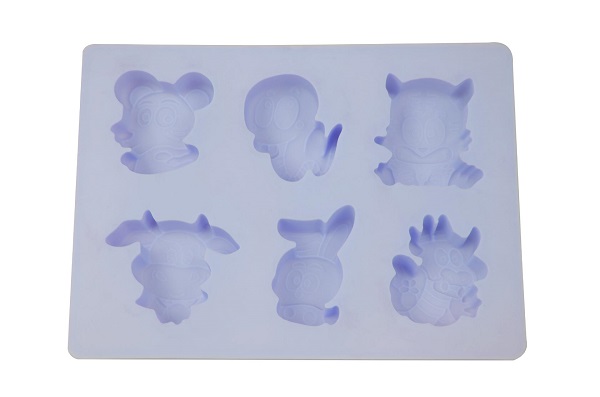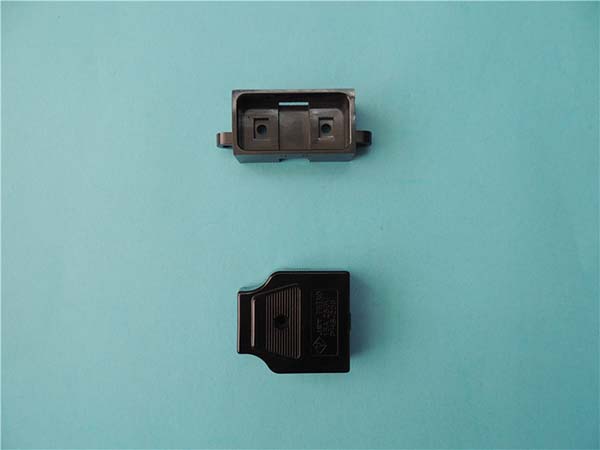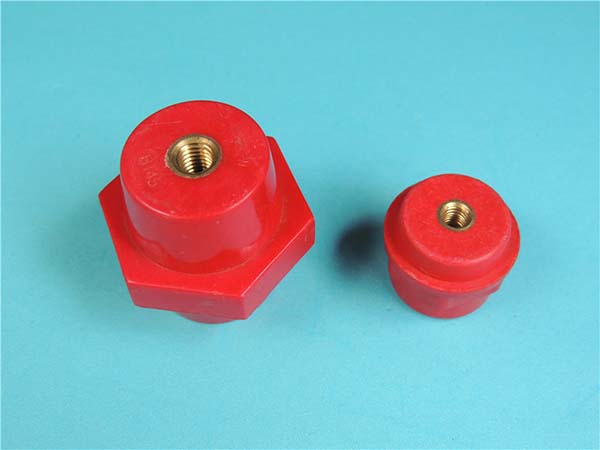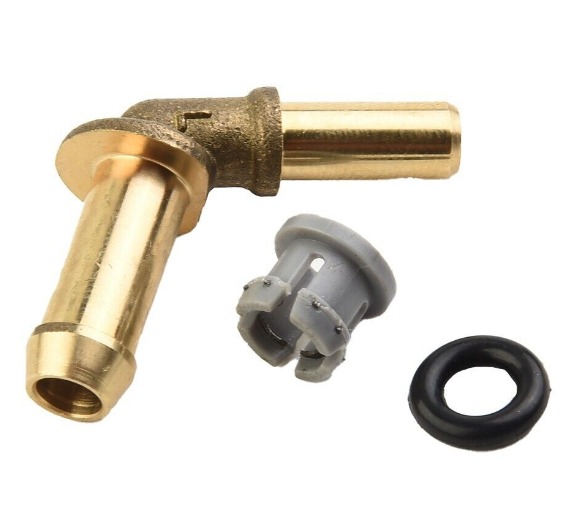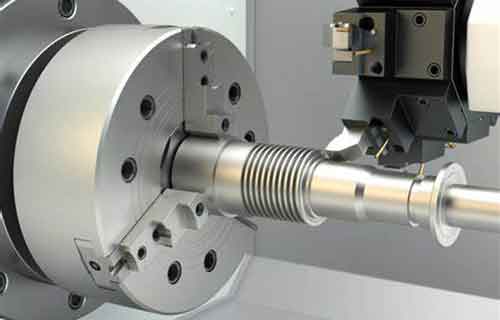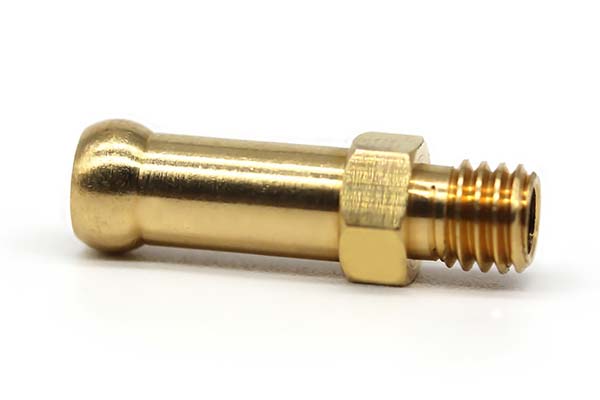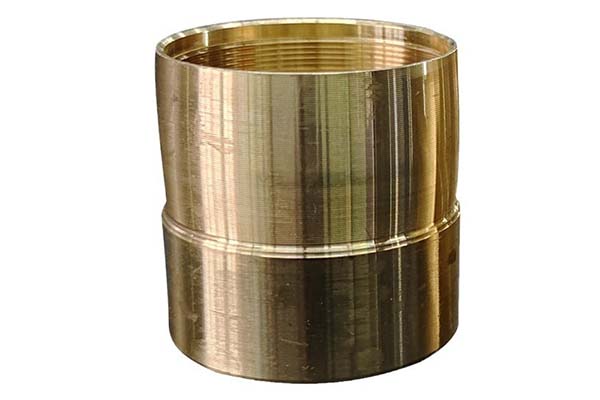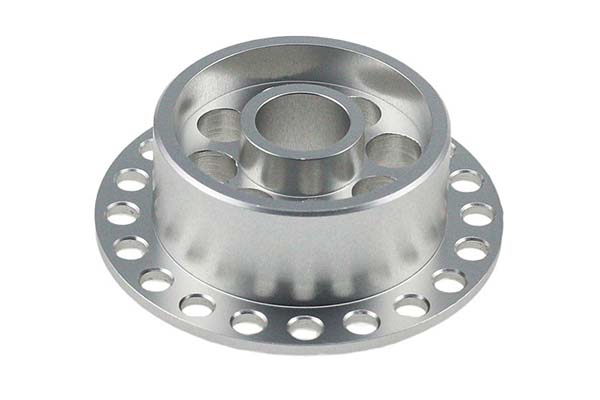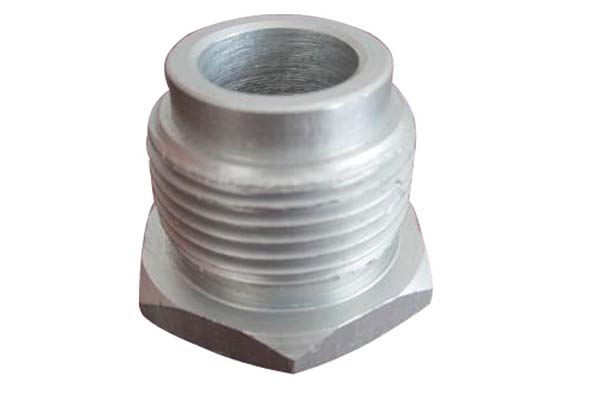Introduction
Glass-Filled Nylon is a versatile composite material that combines the flexibility of nylon with the strength of glass fiber reinforcement. However, machining it comes with unique challenges: the abrasive glass fibers cause rapid tool wear, fiber pullout mars surface quality, and achieving tight tolerances is tricky due to thermal expansion. This article addresses these pain points by diving into the material characteristics of glass-filled nylon, breaking down effective CNC machining processes, and highlighting its key applications, providing you with the knowledge to achieve precision and efficiency in your projects.
Material Characteristics of Glass-Filled Nylon
Mechanical Properties
Glass-filled nylon owes its strength to the reinforcement provided by glass fibers, which significantly enhance its mechanical properties. Depending on the glass fiber content (typically 10–40%), its tensile strength ranges from 80 to 150 MPa, compressive strength from 90 to 200 MPa, and flexural strength from 120 to 250 MPa. For example, 30% glass-filled nylon has a tensile strength of around 120 MPa, nearly double that of unfilled nylon.
It also exhibits improved hardness (Rockwell R scale: 110–120) and wear resistance, making it suitable for moving parts like gears and bearings. However, higher glass fiber content reduces impact resistance—a 40% glass-filled variant may have half the impact strength of unfilled nylon, requiring careful material selection based on application needs.
Thermal and Dimensional Properties
Glass-filled nylon offers better thermal properties than unfilled nylon. It can withstand continuous use at 120–150°C (higher with heat-stabilized grades), compared to 80–100°C for standard nylon. Its thermal conductivity is low (0.3–0.5 W/(m·K)), making it a good electrical insulator.
One of its key advantages is improved dimensional stability. The glass fibers reduce thermal expansion to 30–60 μm/(m·°C), much lower than unfilled nylon’s 100–200 μm/(m·°C). This makes it suitable for parts that must fit precisely across temperature ranges, such as automotive components and electronic enclosures. The microstructure features glass fibers evenly distributed in the nylon matrix, with fiber orientation influencing properties—fibers aligned in the direction of flow during molding enhance strength along that axis.
Chemical and Other Properties
Glass-filled nylon has moderate chemical resistance, resisting oils, greases, and many solvents, though it can absorb moisture (which affects dimensional stability). Its corrosion resistance is excellent, outperforming metals in damp or chemical environments.
With a specific gravity of 1.2–1.5 g/cm³ (depending on glass content), it is lighter than many metals, enabling lightweight structures. Some grades offer flame retardancy (UL94 V-0 rating), expanding their use in electronics and industrial equipment.
CNC Machining Process for Glass-Filled Nylon
Tool Selection and Machining Parameters
Tool selection is critical for machining glass-filled nylon, as the abrasive glass fibers cause rapid wear. Carbide tools are preferred over high-speed steel—solid carbide or carbide-tipped tools with sharp cutting edges minimize tool wear. Diamond-coated tools are ideal for high-volume production, extending tool life by 3–5 times compared to uncoated carbide.
Spindle speeds typically range from 3,000 to 8,000 rpm, with feed rates of 0.1–0.3 mm/rev. The depth of cut should be kept shallow (0.5–2 mm) to reduce cutting forces and avoid fiber pullout. High-speed machining can be used but requires careful monitoring to prevent heat buildup, which can melt the nylon matrix.
Tool Path, Coolant, and Heat Management
Optimizing the tool path helps improve surface quality. Climb milling reduces fiber pullout by cutting cleanly through fibers, while avoiding sharp turns minimizes chatter. A layered machining strategy—roughing to remove bulk material, then finishing with a finer pass—ensures dimensional accuracy (±0.02–0.05 mm) and a smooth finish (Ra 1.6–3.2 μm).
Coolant use is recommended to control heat generation and flush away chips. Water-soluble coolants or compressed air work well—excessive heat can cause the nylon matrix to soften, leading to poor surface finish and dimensional shifts. Proper heat dissipation is key, especially when machining thick sections, to maintain part integrity.
Overcoming Machinability Challenges
Machinability of glass-filled nylon is hindered by its abrasive nature. Tool wear is a constant issue—checking tools for flank wear (replace at 0.2 mm) prevents poor surface quality. Chip formation produces a mix of nylon swarf and glass fiber fragments, which can clog tools; using tools with open flutes and vacuum systems for chip removal helps maintain efficiency.
Tool deflection can occur with long tools or deep cuts, compromising kerf width and accuracy. Using rigid tool holders and minimizing overhang reduces deflection, ensuring precise cuts. Balancing material removal rate with tool life is essential—faster feeds increase productivity but accelerate wear.
Applications of Glass-Filled Nylon
Automotive and Aerospace Industries
In the automotive industry, glass-filled nylon is used for automotive parts like intake manifolds, door handles, and transmission components. Its strength, wear resistance, and low weight make it a cost-effective alternative to metal. For example, 30% glass-filled nylon intake manifolds reduce weight by 30% compared to aluminum ones.
In the aerospace industry, it finds use in non-critical aircraft components such as interior brackets and cable guides, where its dimensional stability and flame retardancy meet safety standards.
Electronics and Industrial Equipment
The electronics industry relies on glass-filled nylon for electrical components, insulators, and electronic enclosures. Its electrical insulation and heat resistance protect circuits in devices like power tools and appliances. Consumer electronics also use it for structural parts, thanks to its combination of strength and moldability.
In industrial equipment, it is used for valves, pumps, and conveyor parts. Its chemical resistance and wear resistance make it suitable for food processing and chemical handling, where corrosion is a concern. For example, it is often used in food-grade bearings that contact edible products.
Medical Devices and Consumer Goods
In medical devices, glass-filled nylon is used for surgical tool handles and equipment housings, as it can be sterilized and meets biocompatibility standards. Its strength ensures durability in repeated use.
Consumer goods like power tool housings, sports equipment, and furniture hardware benefit from its toughness and finish. It can be painted or coated for aesthetic purposes, expanding its use in visible components.
Yigu Technology's Perspective
At Yigu Technology, we specialize in CNC machining glass-filled nylon, leveraging our expertise in tool selection and parameter optimization to tackle its abrasive nature. We use carbide and diamond-coated tools to minimize tool wear and achieve superior surface quality. Our focus on controlling thermal expansion and preventing fiber pullout ensures parts meet tight tolerances for industries ranging from automotive to medical—making us your trusted partner for glass-filled nylon components.
FAQ
- How does glass fiber content affect the properties of glass-filled nylon?
- Higher glass fiber content (10–40%) increases strength, stiffness, and wear resistance but reduces impact resistance and machinability.
- What causes fiber pullout in glass-filled nylon machining, and how to prevent it?
- Fiber pullout occurs when tools tear fibers instead of cutting them. Using sharp carbide tools, climb milling, and proper feed rates minimizes this issue.
- Is glass-filled nylon suitable for high-moisture environments?
- It absorbs less moisture than unfilled nylon but still requires sealing or coating in high-moisture settings to maintain dimensional stability.
